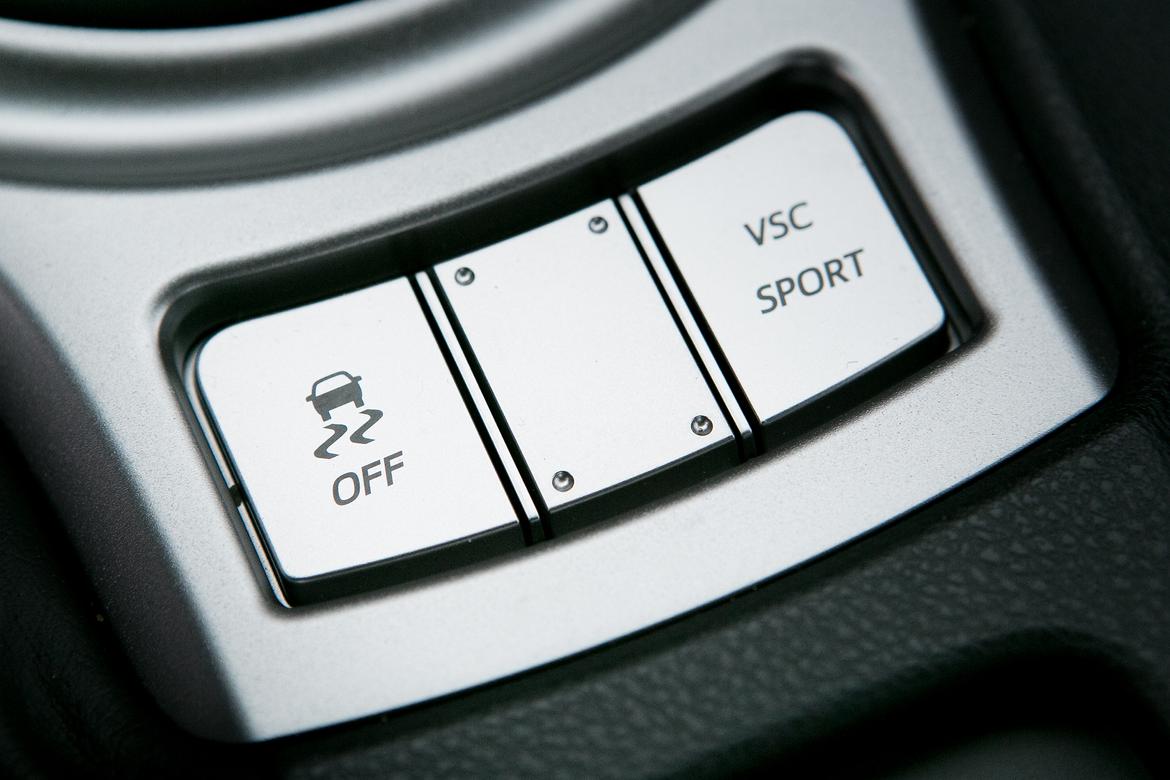
As with antilock systems, the wheel-speed sensors, wires, connectors, control module and other components can occasionally conk out or suffer intermittent problems. The sensors, wires and connectors at each wheel live in a hostile environment of potholes, water, snow, dirt, tar, stones, other debris and more, so they take a beating and can fail.
A problem in the system will usually illuminate a dashboard warning light that traction control is disabled and, in some cases, ABS as well. (When ABS is disabled, you should still have normal braking ability, just without the antilock feature.) This is different from momentary illumination of the light; that warning light should always come on for a couple of seconds whenever you start the vehicle and when the system is doing its job.
Wheel-speed sensors are supposed to detect when one drive wheel is turning faster than the others — meaning the car is slipping or losing traction. The system will then reduce power and/or apply the brakes to that wheel until traction is restored. When traction control is disabled, you’ll have to control wheel slip the old-fashioned way, by lifting off the accelerator.